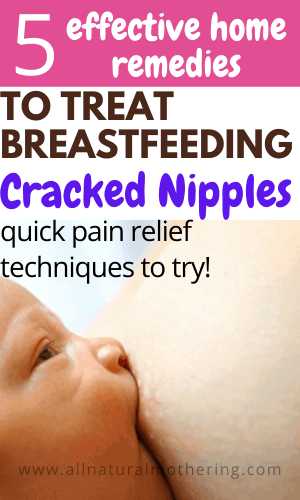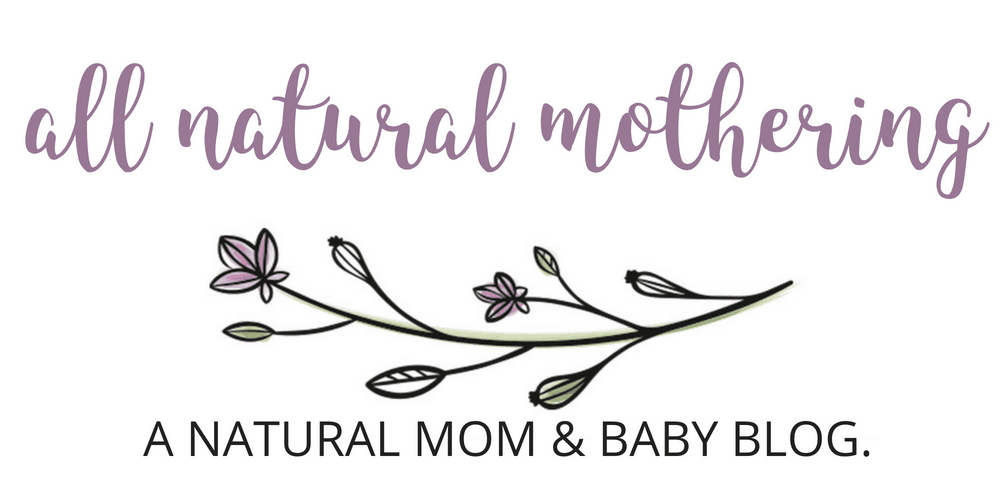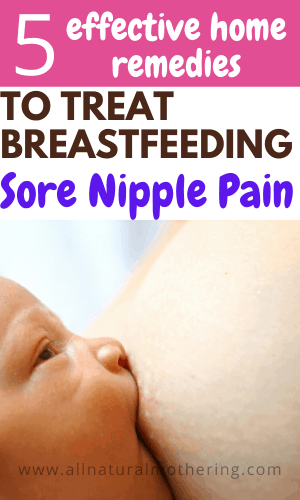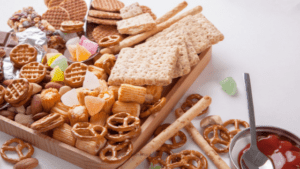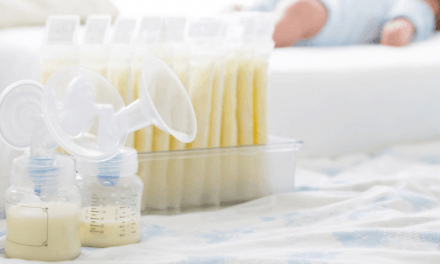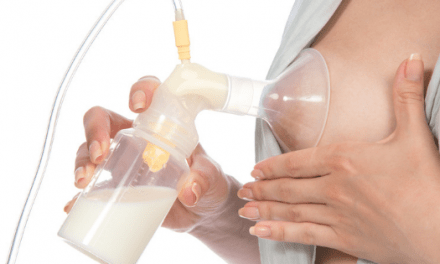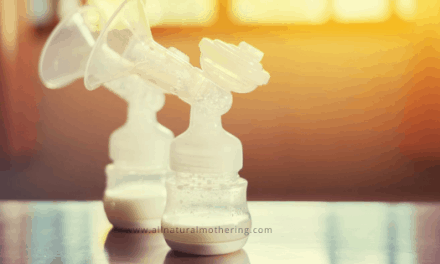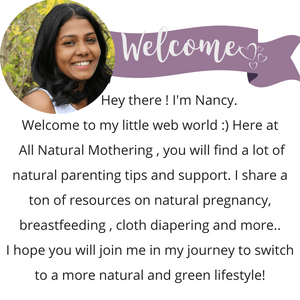How to Treat Cracked Nipple While Breastfeeding
Cracked nipples are one of the main causes to many us wanting to give up on breastfeeding, however, I am here to tell you that cracked nipples is widely preventive. In order for it to be preventive, you must know the potential risk factors associated with cracked nipples.
Causes of Cracked Nipples While Breastfeeding
Similar to other things, cracked nipples are no different in that they have multiple factors that could be related to the cause. Below we will discuss the multiple factors that are associated with cracked nipples. You may have one or multiple of these factors contributing to your sore nipples.
- Poor Positioning/Bad Latching: The largest contributing factor related to cracked nipples is an improper latch. If baby is not opening wide enough to get around the whole areola and is just on the nipple this can cause nipples to become sore. Not only will feeding on the nipple alone cause cracked nipples; it can contribute to your baby’s inability to pull out your breast milk. Continuous feeding sessions of the baby just on the nipple will lead to cracked nipples.
- Tongue Tie: One of the quiet risk factors of breastfeeding that can be hard to identify initially is if the baby has a tongue or lip tie. Tongue ties were not so widely discussed in the breastfeeding world in the past as it is now. The severity of the tongue tie will determine if there will be breastfeeding problems or not. The issue with tongue tie is the baby’s tongue is restricted in movement, and cannot fully catch on to the nipple while breastfeeding. Lip tie, on the other hand, is when the frenulum (little piece of skin between the lips and gums) is restricted not allowing the baby to latch properly. Bad latch and improper positioning lead to cracked nipples. If you suspect tongue or lip tie is an issue consult your lactation consultant or pediatrician.
- Inverted Nipples: Inverted nipples are an anatomical feature in our bodies that we have no control over. Inverted nipples can be present before pregnancy, but can also be a result of breast changes during pregnancy. Inverted nipples are not a direct cause of cause of cracked nipples, but it is definitely something to keep on your radar. With inverted nipples it goes back to poor positioning and improper latching that can cause cracked nipples. When you have inverted nipples, you want to work hard to position and latch, so the baby has a deep latch with his/her mouth opened wide. Depending on the severity of your inverted nipples, you may need a nipple shield, but consult your lactation consultant before doing so.
- Clogged Ducts or Engorgement: Clogged ducts are typically a result of milk being left in the breasts, which can then lead to engorgement. Clogged ducts can be recognized as sore or reddened areas on the breast. There may also be a noticeable bump in the area as well. Engorgement can then cause your nipples to flatten, which then makes it hard for your baby to latch properly. The improper latch leads to cracked nipples. In addition, the engorgement and improper latching can lead to decreased milk production, as your baby is not latching properly to extract the maximum amount of milk therefore leaving milk in the breast.
- Constant Feeding During Growth Spurts: Your baby will go through multiple growth spurts before the age of 1 when it will feel like they just want to nurse constantly. This is a normal sign of development. These growth spurts typically occur around 7-10 days, 2-3 weeks, 4-6 weeks, 3 months, 4 months, 6 months and 9 months old. This can be a contributing factor to cracked nipples due to the constant feeding during these spurts. Many of us mommies are very tired during these times, which can lead to us being relaxed when baby is latched or positioned improperly, which can lead to your baby sliding down onto just the nipple.
Cracked Nipple Causes While Pumping
Many Moms whether you are breastfeeding, returning to work or exclusive pumping tend to pump throughout our breastfeeding journey. The pump can be a great tool to help produce and save milk for the future. In order for the pump to work to its full capacity it must fit you properly.
- Improper Flange Fitting: The flange is the piece of the pump that goes around your breast creating suction for the nipple. It is important for the flange to fit so your nipple is not rubbing on the sides while the pump is running. The rubbing of your nipples on the side of the flange can result in sore nipples. Continuous uses of your pump in this manner can lead to cracked nipples.
- Using an Old Pump: Just like many other things with a motor, your pump is no different in that the more you use it or the older it is the less effective the pump is. When you use an old pump, you will likely find yourself pumping for longer periods of time to try and get the amount you usually pump out. Long periods of pumping can lead to sore nipples, which can then lead to cracked nipples.
- Incorrect Pump Settings: Many of us think that our pump should be on the highest setting to get the most amount of milk. This is not necessarily true. You should set your pump to a comfortable setting. Setting and using your pump at an uncomfortable setting can lead to sore and then cracked nipples.
Symptoms of Cracked Nipples
Cracked Nipple Symptoms include:
- Reddening of the Nipple
- Nipple Soreness
- Crusting
- Bleeding or Oozing
- Scabs forming on Nipples
- Crusty or Flaky Skin
Home Remedies to Treat Cracked Nipples
Breast milk:Your breast milk is one of the most powerful medicines your own body makes. The breast milk contains many nutrients that can contribute to the healing of cracked nipples. After you are finished breastfeeding rub the excess milk around your nipples to help with the healing.
Air Dry: One of the best ways to heal cracked nipples at home is to let them air dry. That?s right; take your shirt off and let your breasts air-dry. Air-drying helps to prevent further infection as well.
Breastfeeding Safe Nipple Cream: There are multiple creams on the market that can be used to help your cracked nipples heal. One of the most common creams for cracked nipples is one that contains lanolin. If you don’t want to try the over the counter creams at first then you can use coconut oil for a more holistic approach.
Hydrogel Pads: Hydrogel pads are a great remedy as well. These pads contain a cooling cushion providing you with instant relief. The pads provide moisture to help keep the skin smooth and cool. Pad must be changed every 24 hours. These pads should be able to be found at your local drugstore.
Cold Compress: Cold compresses help to relieve pain instantly. You can create a cold compress by running cold water through a washrag and ringing it out. Make sure to only do cold compresses in 10-15 minute increments.
How to Breastfeed with Cracked Nipples
While it is painful, it is possible to still breastfeed with cracked nipples and you should to maintain your milk supply. Always make sure baby has a proper latch to help prevent further breakdown. Below, I will discuss a number of ways you can breastfeed while having cracked nipples.
Use a Nipple Shield: When cracked nipples have become painful it is possible to use a nipple shield to breastfeed. The shield can be used on just the cracked nipple side, but your baby may prefer both sides. If your baby has become used to using the shield by the time your nipples have healed then you may need to wean the baby off of the shield.
Try Alternating Positions: Changing positions while breastfeeding can also help to prevent cracked nipples. For example, the football hold helps your baby obtain a deep latch. For some mommies it helps to breastfeed in the side-lying position. Positioning is very individualized based on mommy and baby?s needs.
Timing Breastfeeding: While your cracked nipple is healing you can limit the time your baby is on the breast to 10-15 minutes every 3 hours. If there is still milk left in the cracked nipple breast then try and pump it out.
Pumping or Hand Expression: If breastfeeding is too painful on the cracked side then pump on that side and just breastfeed on the opposite side. If pumping is too painful then perform hand expression. Follow this linkfor a video on hand expression.
Tips to Prevent Cracked Nipples
Just like many other things, it is always key to prevent cracked nipples before it even happens. Below are a number of tips to help with preventing cracked nipples.
-
-
- Moisturize Nipples: Always try to keep your nipples as moist as possible. The moister your nipples are the less likely you will be to have skin breakdown. You can use coconut oil or a lanolin cream to do this.
-
-
-
- Breastfeeding Pillow: There are multiple breastfeeding pillows out there. These pillows can serve as a tool while your breastfeeding. The pillows can help to keep your baby positioned correctly while breastfeeding, so he/she does not slide off the breast.
-
-
-
- Proper Latching: Proper latching is the number one key to preventing cracked nipples. The video attached in the link is a good resource to help with latching and positioning.
-
-
-
- Pump. Lastly, evaluate your pump. If you suspect there is something wrong with your pump then call the manufacturer to help you troubleshoot it.
-
When to See the Doctor
In the best case, one or a combination of the above remedies will heal your cracked nipples. It is important to seek medical attention if your nipples are not healing, you develop a fever or you have swollen glands in the neck or armpit.
